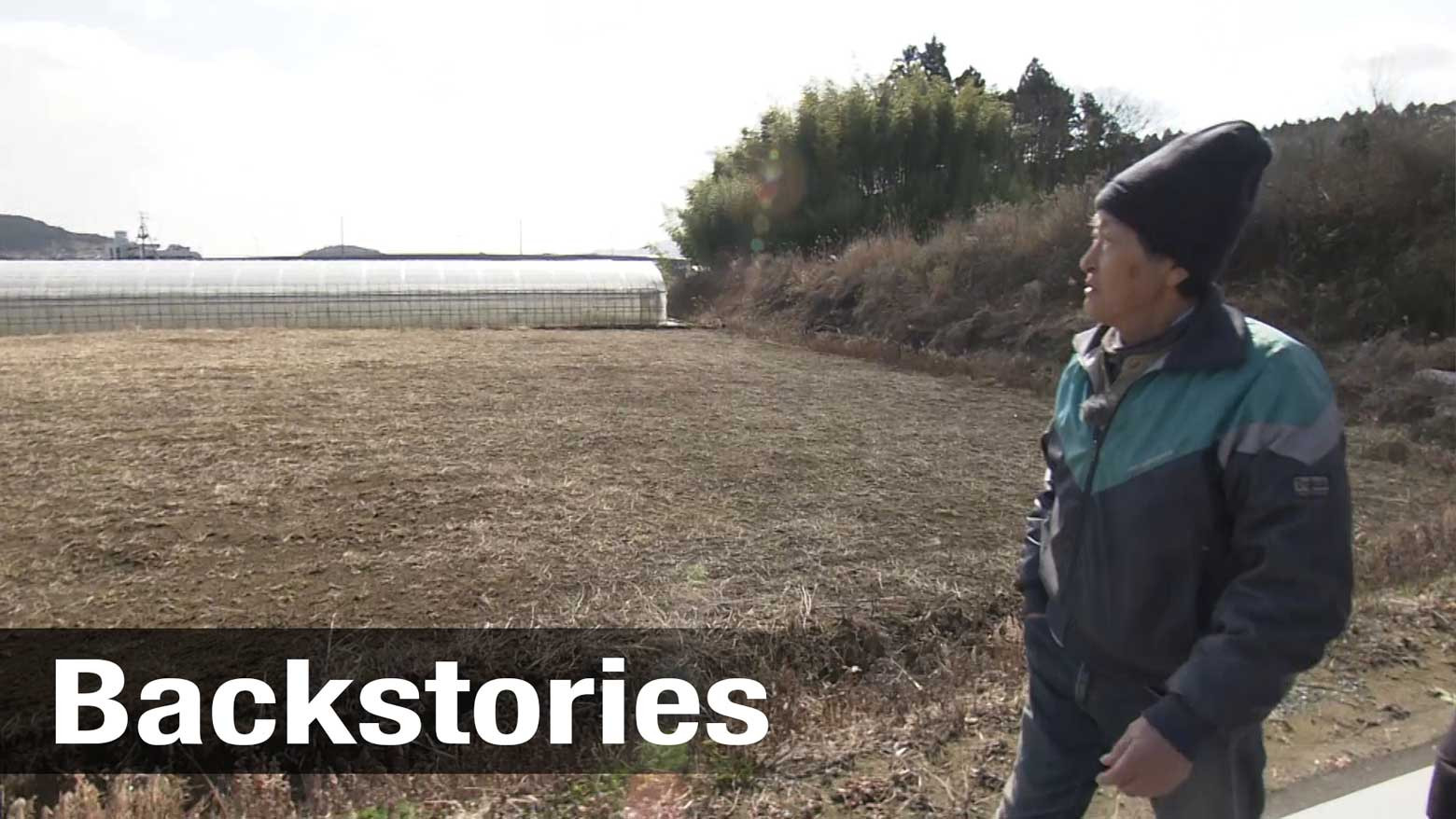Producing good quality vegetables
Tokuro Sato has been farming in Miyagi Prefecture for nearly half a century. He comes from a long line of farmers from Minamisanriku Town, in the prefecture's northern coastal region. His house was swept away during the 2011 disaster and his fields were severely damaged.
He got back to work in 2013, growing spinach in greenhouses he built himself. In 2016, he was able to secure additional greenhouses. His farming property was now the same size as what he owned before the disaster.
But despite how far he has come, he says it is difficult to grow products of the same quality as before 2011.
"It's hard to grow anything better," he says. "Some leaves turn yellow."
He says the amount of vegetables he produces of a sellable quality is down 30% from before the disaster.
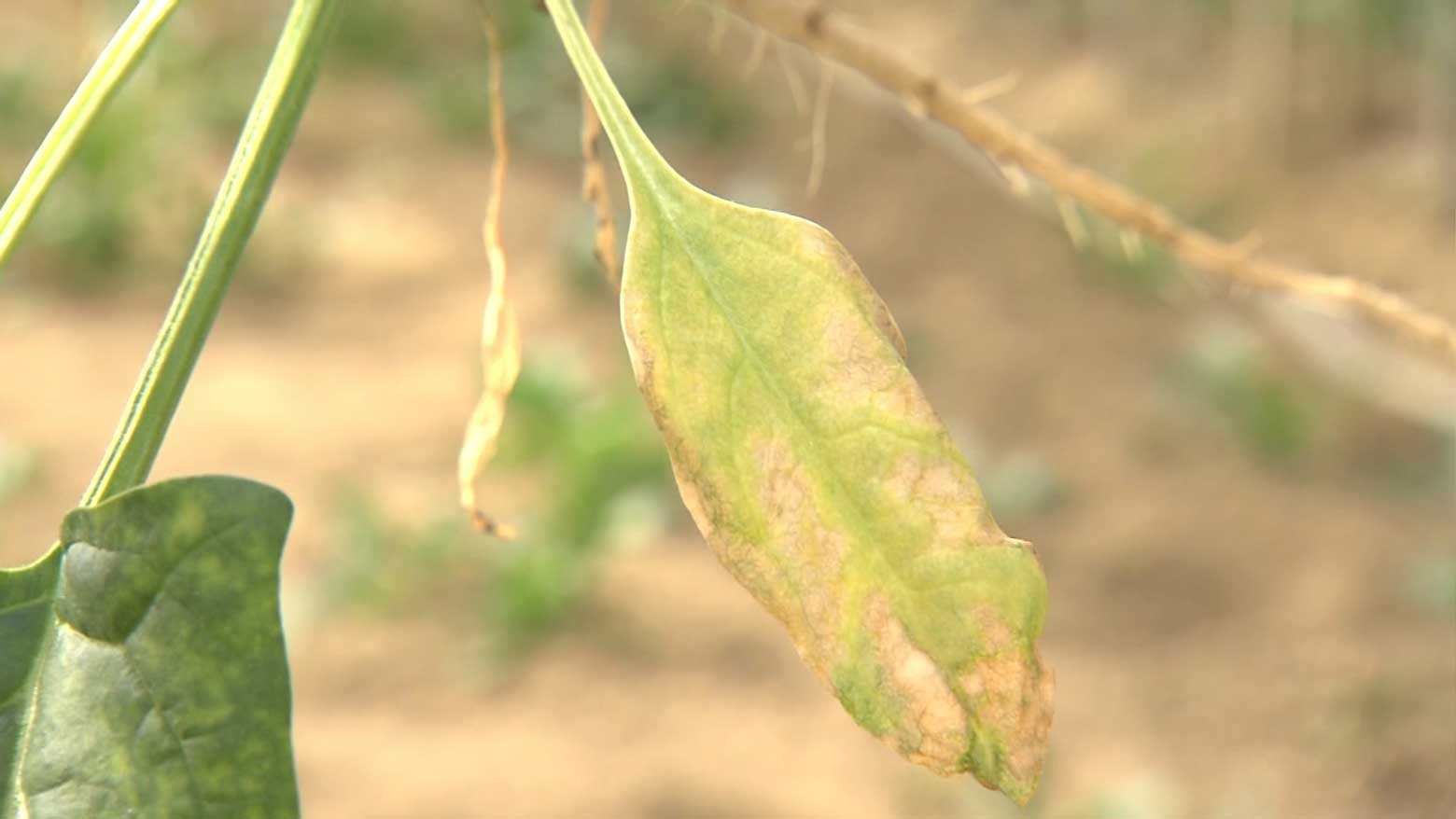
"Problems with the soil"
Much of Minamisanriku was soaked in saltwater during the tsunami, making the soil less suitable for farming. In the years since, the prefectural government has removed the salty top layer and brought in soil from other areas in an effort to revive regional agriculture.
But Sato says this hasn't helped. He thinks the soil brought in from the mountains contains clay, which is leading to poor drainage on his farm. He says this is one of the reasons for the bad quality of some of his vegetables.
"This soil is too moist," he says. "It keeps its shape when you hold it. But actually, it should crumble. This means the roots are getting too much water. This is not good."
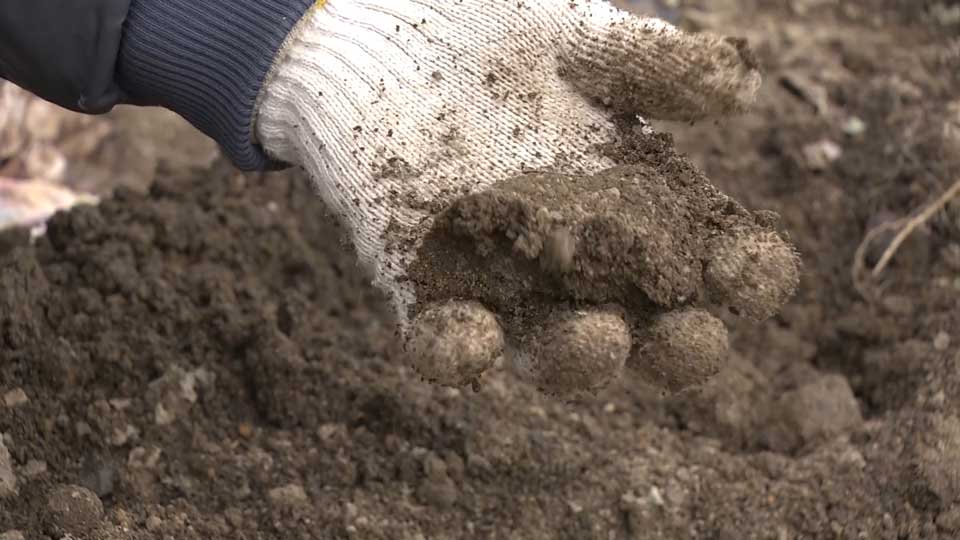
Across the road, Sato's neighbor has given up on harvesting his cabbage crop. He believes the roots decayed because of a similar reason.
Last year, the farmers turned to local officials for help and a layer of sand was added to the land. Sato has been trying to improve conditions by stirring the soil with the sand and sowing fertilizer.
"I want to have farmland, not regular land," he says. "I think it will take three or four more years to get my fields back to a quality I'm satisfied with."
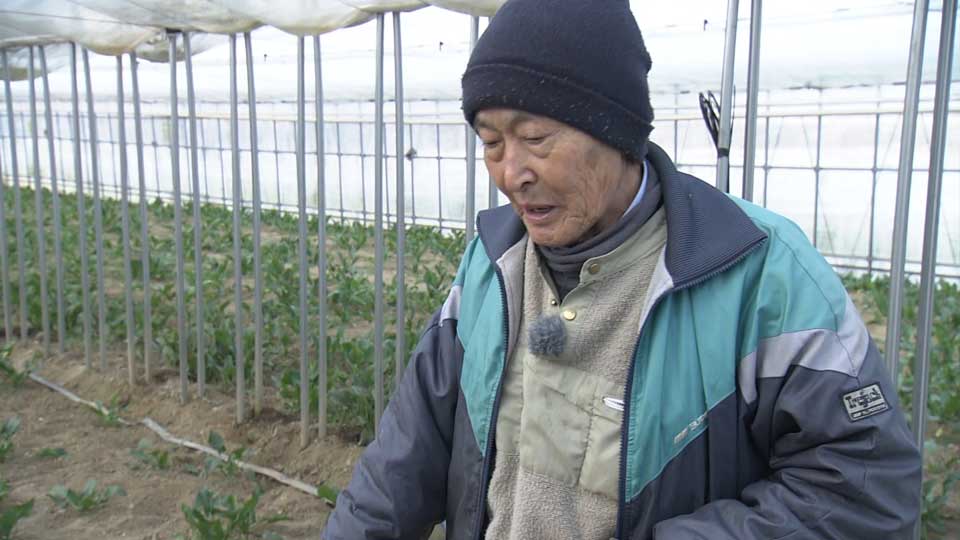
Fewer farmers
The disaster has accelerated a decline in the region's farmers. The number of farming households in Minamisanriku has fallen to about 600, half of what it was before the disaster. Many have moved away or found other jobs in the nine years since.
This means there are a lot of unused fields in the area. The town's agricultural committee is consolidating these fields into larger plots, part of an effort to attract new farmers. But so far, this has seen little success.
"There are lots of available plots but very few people are interested," says Shigeyuki Endo, chair of the agricultural committee. "I think it's a good time to enter the industry because you can rent a lot of fields and excellent machinery but there are hardly any takers."
Sowing hope for the future
Sato says his son, Kazunori, convinced him to keep going. Kazunori says there have been lots of hardships since 2011. For example, he says it has been difficult to convince former clients to once again buy from his family. And he has struggled to find fertilizer suited to the makeup of the new soil. But he's says he's still determined to persevere, alongside the region's younger generations.
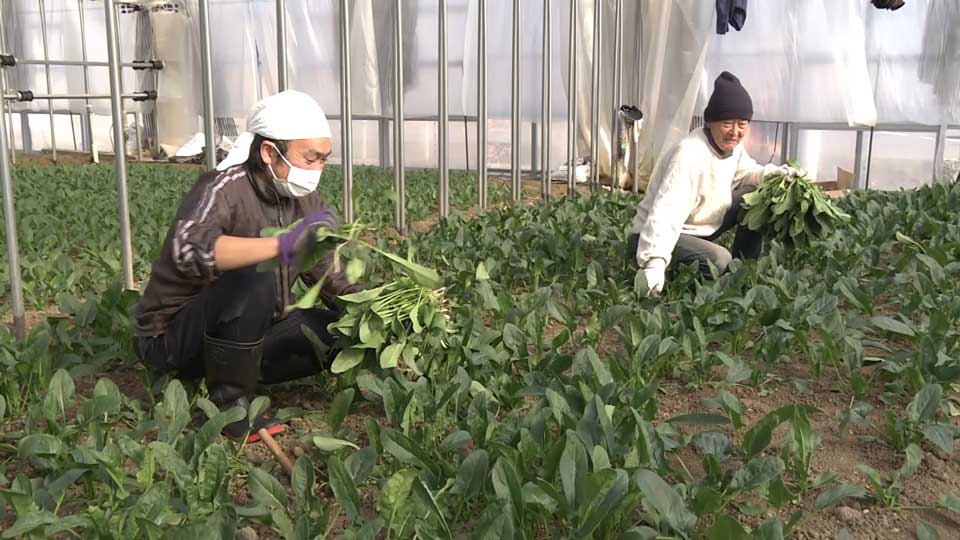
"Farming is all I know. I felt like I had no choice but to start over," Kazunori says. "But honestly, I love this job. I take pride in producing good vegetables."
He adds that showing this joy in farming will be crucial to reviving the region's agriculture.
"I think the more I enjoy farming, and the more I can show how much I enjoy it, the more I can convince people to become farmers."
It has been a long road for farmers in disaster-hit areas like Minamisanriku. And it will take even more time before life returns to what it was like before the tsunami. For Sato, the fight to restore the region's agriculture continues.
